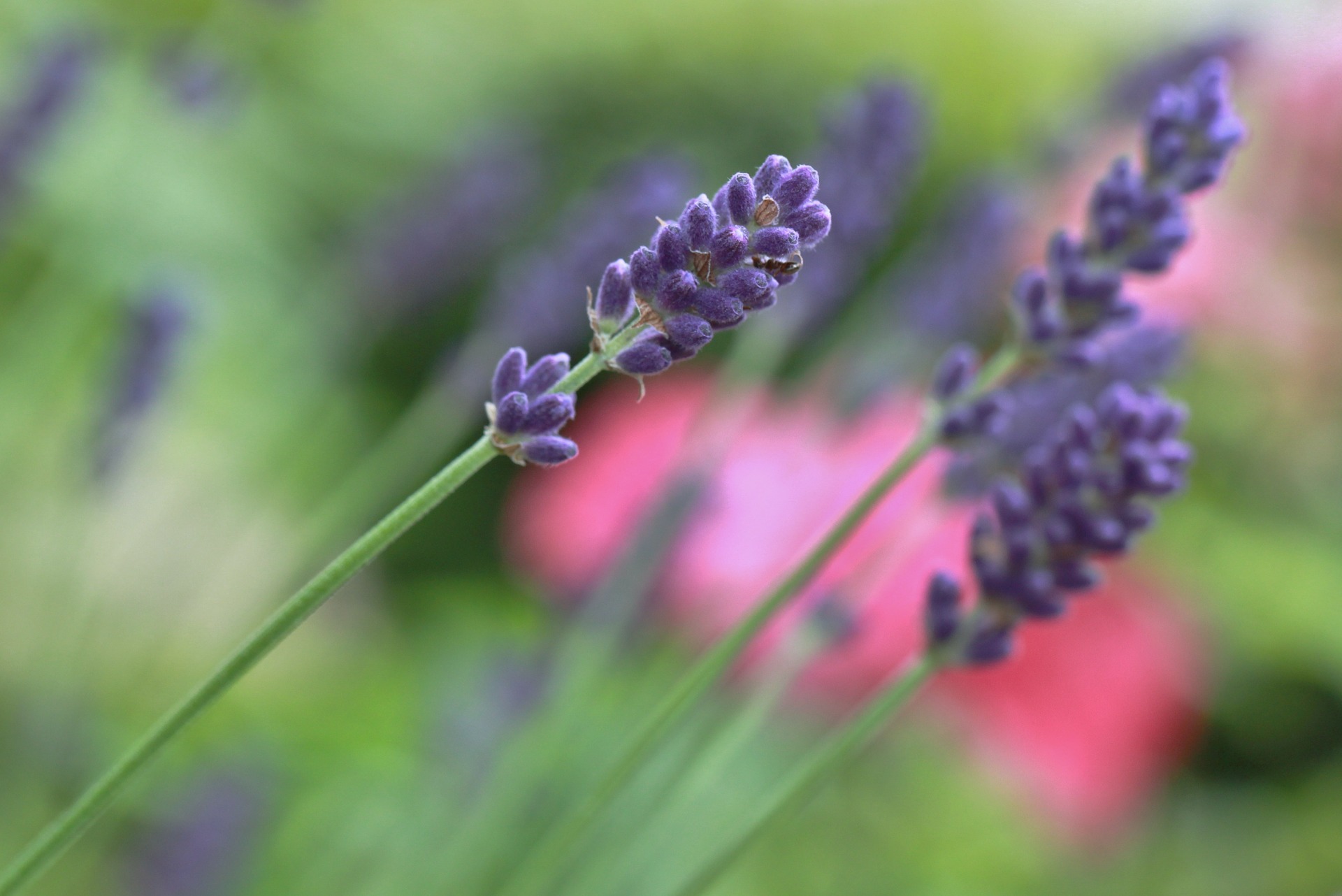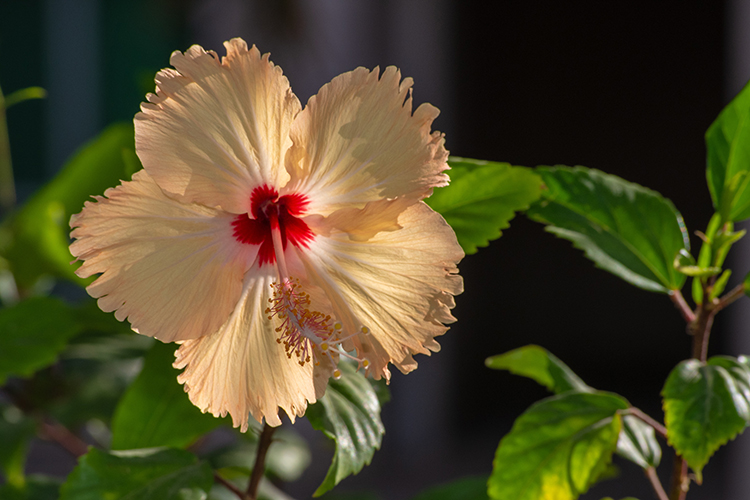Home > Lifestyle > Garden > A Beginner’s Guide to Growing a Tea Garden
A Beginner’s Guide to Growing a Tea Garden

People around the world have been enjoying tea for longer than you may realize. According to legend, the first cup of tea was created around 2600 BC in China when a few dried herbs blew into a pot of boiling water. Whether the legend is true or not is up for debate, but one thing we know for sure is that people have been brewing tea now for around 5,000 years.
Another thing we know is that there are approximately 20,000 different types of tea. This is great news for tea enthusiasts who are always interested in keeping their pantries stocked with a wide variety of flavors and fragrances. But it’s also good news for those interested in trying their hand at cultivating a tea garden in their own backyards.
Because there are so many different varieties, we would need an entire book to fill you in on the specific details of growing each and every type. But if you’re interested in designing a tea garden of your own for the first time, we’ve put together a how-to guide on growing some of the most common and popular varieties to get you started.
Chamomile
Chamomile has a long history of being used to calm the nerves, but it has also been used to relieve indigestion. There are a few different varieties of chamomile, but German chamomile does better in contained spaces. Use a container with good drainage and place the plant in a sunny spot for best results.
See more: How to Start Homesteading in a Small Space
Peppermint
Aromatic and fool-hardy, a little bit of peppermint goes a long way in crafting a robust cup of tea – and it’s especially good at soothing an upset stomach. Mint plants thrive in full sun and moist soil, and they are more than capable of handling high temperatures. But bear in mind that they will quickly take over an entire garden and overrun your other plants unless you grow them in containers.
Lavender
Lavender is an increasingly popular perennial that is easy to grow and generously fragrant. It tends to be difficult to grow from seed, so we recommend purchasing starts at your local nursery. These plants prefer well-drained soil and abundant sunshine, and they don’t need watering as often as some of the rest.
See more: Hot Tea with Lemonade and Ginger
Lemon Balm
Did you know lemon balm is actually a member of the mint family? It still carries a lemon flavor profile, but it will spread just as quickly and aggressively as peppermint. Keep this herb contained in a pot, place it in a sunny spot and water often to grow a happy, thriving and productive plant. In addition to making your garden smell wonderful, lemon balm is known to reduce stress and anxiety.
Hibiscus
Hibiscus is a tangy and bright tea that can ease stomachaches and cramps and help with fevers and sore throats. As an added bonus, it provides you with a healthy dose of vitamin C to boost your immune system. There are several varieties of hibiscus, but the most commonly used for tea is called hibiscus sabdariffa. These plants grow both tall and wide, so make sure they have plenty of room.
See more: How to Grow an Avocado Tree From a Pit
A Few Growing Tips
There are enough varieties and blends to experiment with to last you a lifetime. But before you break out the potting soil and order your seeds, here are a few growing tips to help you make the most of your tea garden.
Keep your plants separate
If you’re used to growing tomatoes, peppers and other popular fruits or vegetables, you may be tempted to intersperse your tea garden with your more traditional plants. There’s nothing wrong with going this route, but keeping your tea plants in separate containers may give you an advantage.
Sticking to containers can help you meet individual watering needs and allow each plant to grow to its full size. You also have a better chance of containing those, like peppermint, that have a tendency to spread and choke out other plants.
See more: How to Grow Sprouts in a Jar
Harvest in the morning
You can harvest the plants in your tea garden whenever you want that fresh cup of tea, but you’re likely to get the most potent flavor out of the herbs you prune early in the morning. Be sure to use a sharp pair of scissors or garden shears rather than pulling the leaves by hand to avoid unnecessarily damaging the plant.
Decide on using fresh or dried leaves
Some plants will produce a better cup of tea when their leaves are fresh rather than dry, which means you need to do a little research before your first harvest. If you decide to store your leaves to use later, you can either let them air dry on a clean surface or use the oven on a low temperature. Leaves are ready to store when they easily crumble.







